The Resting Place of Pocahontas
The last resting place of the famous Native American princess is marked by a haunting monument.
In the garden of a rather unassuming church in the Kentish town of Gravesend stands a monument to one of the most famous Native American women in history, Pocahontas, who through her tenderness and diplomacy averted an imminent war between British settlers and her tribe, the Powhatans.
This haunting life-size bronze sculpture is a copy of one sculpted by William Ordway Partridge in 1913, with the original standing in the city of Jamestown, Virginia, USA, once the homeland of the Powhatan people. It was donated as a gift to the people of Gravesend in 1958 by the then Virginia governor.
It portrays her walking gracefully and open-armed as if graciously welcoming the viewer to step forward. However, perhaps the most intriguing feature of the statue is her facial expression, which has a stoic and dignified air from which an undeniable pain and bewilderment can be discerned. This detail seems included to hint at the underlying tragedy of this young woman’s short and eventful life.
Born in 1596, the daughter of the leader of the Powhatan tribe, Wahunsenacawh and a mother who died in childbirth, her real name was Matoaka, which in the Algonquian language translates as “Bright Steam between the Hills.” It is believed that she was given her childhood nickname Pocahontas, which translates as “playful one,” due to a curious and adventurous nature.
As a young girl, Matoaka would have grown up assisting the adults with tasks such as gathering and preparing food, collecting firewood, and farming maize, and would have held the spiritual worldview of her people. The Powhatan believed in a host of spirit entities that inhabited the forests but had two principal deities, Ahone, a benevolent creator god of mankind and his opposite, Okee, an evil trickster god.
By the early 1600s the Powhatan world was changing with the first settlement of British colonists in America. A conflict between the two peoples arose immediately and, within two weeks of the British arrival, musket shots and arrows had been fired from both sides resulting in a number of deaths. Later in the year, one of the British colonists, John Smith, was captured while hunting deer and taken prisoner by the Powhatan tribe.
According to Smith’s later recollections of the events that followed, he was almost killed by the leader Wahunsenacawh who in anger raised a war club to beat him to death. However, his life was saved by Matoaka who put herself between the men and pleaded with her father, convincing him to set Smith free and to make peace with the colonists.
Scholars have debated the authenticity of Smith’s account for centuries with some suggesting that it was a dramatic embellishment and others defending the story as historical fact. But whatever transpired in the event, it appears that a level of peace did indeed return, albeit temporarily, between the colonists and the region’s indigenous population, who supplied the colonists with food during the harsh winter.
But two years later in response to the expansion of the settlements, conflict was once again sparked and a war broke out in which Matoaka was kidnapped by a group of colonists. She was held as a hostage for a year in the settlement and seemingly converted, for either genuine or pragmatic reasons, to Christianity and was baptized as “Rebecca.”
It is unclear how she was treated during this time, with one scholar suggesting that she was abused and others that she was treated respectfully, but the evidence seems to suggest that she was treated with courtesy and had developed a Stockholm syndrome towards her captors. As a result, when agreements had been reached with her father she seems to have decided to stay.
Soon after she married a tobacco plantation owner and widower, John Rolfe, and it appears that a genuine love existed between the pair. The marriage also apparently benefited relations between the indigenous people and the colonists and a state of peace emerged between the groups that existed for eight years. A child was born in 1615 and the family returned to Great Britain where they settled for two years in a town outside of London. During the time she spent in England, Matoaka was apparently treated as visiting royalty and met with the King and members of the nobility.
In 1617, the family planned to return to North America, but as they prepared for the journey, Matoaka contracted an illness that was probably pneumonia and died soon after. Her last words were apparently, “All must die, but ‘tis enough that the child liveth.”
Know Before You Go
Pocahontas was buried in the cemetery of St George's Church in the town of Gravesend, Kent where the monument to her short but dramatic life stands today.
There is ample pay parking in a large lot directly across the street from the church.
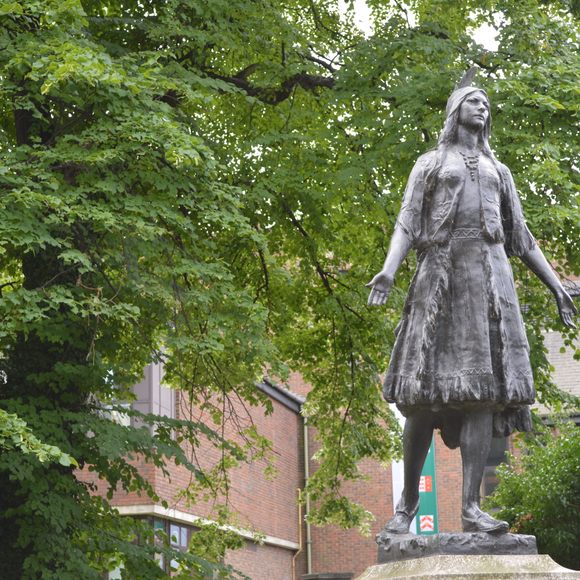













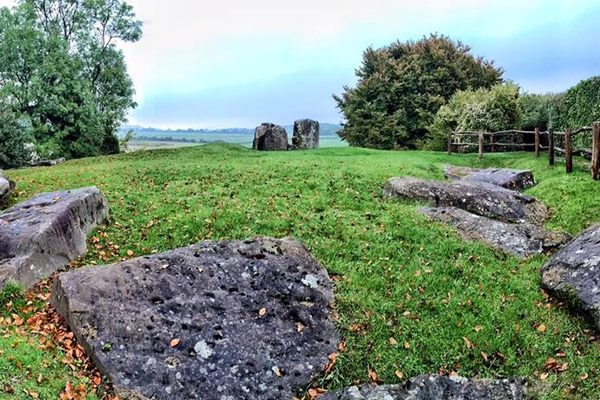




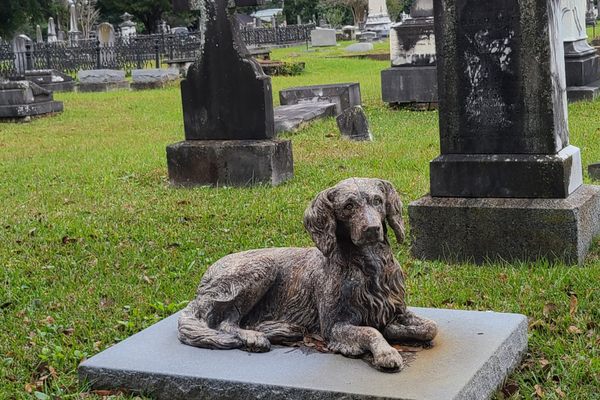
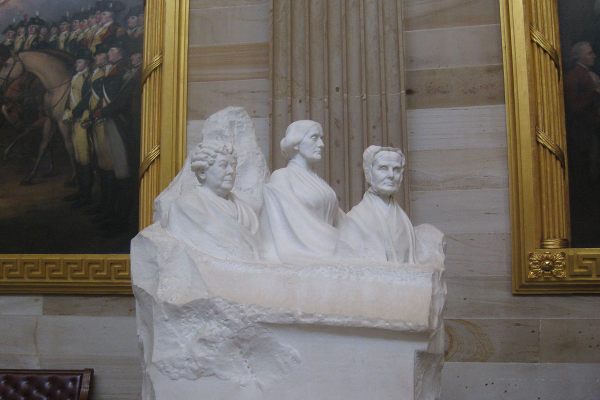
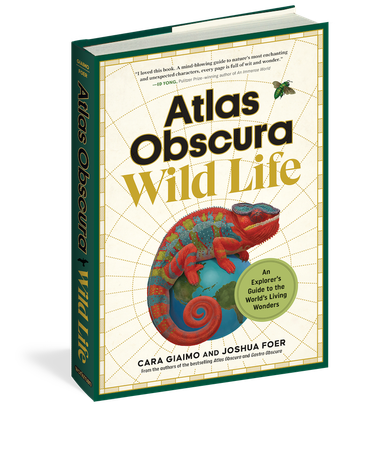
Follow us on Twitter to get the latest on the world's hidden wonders.
Like us on Facebook to get the latest on the world's hidden wonders.
Follow us on Twitter Like us on Facebook